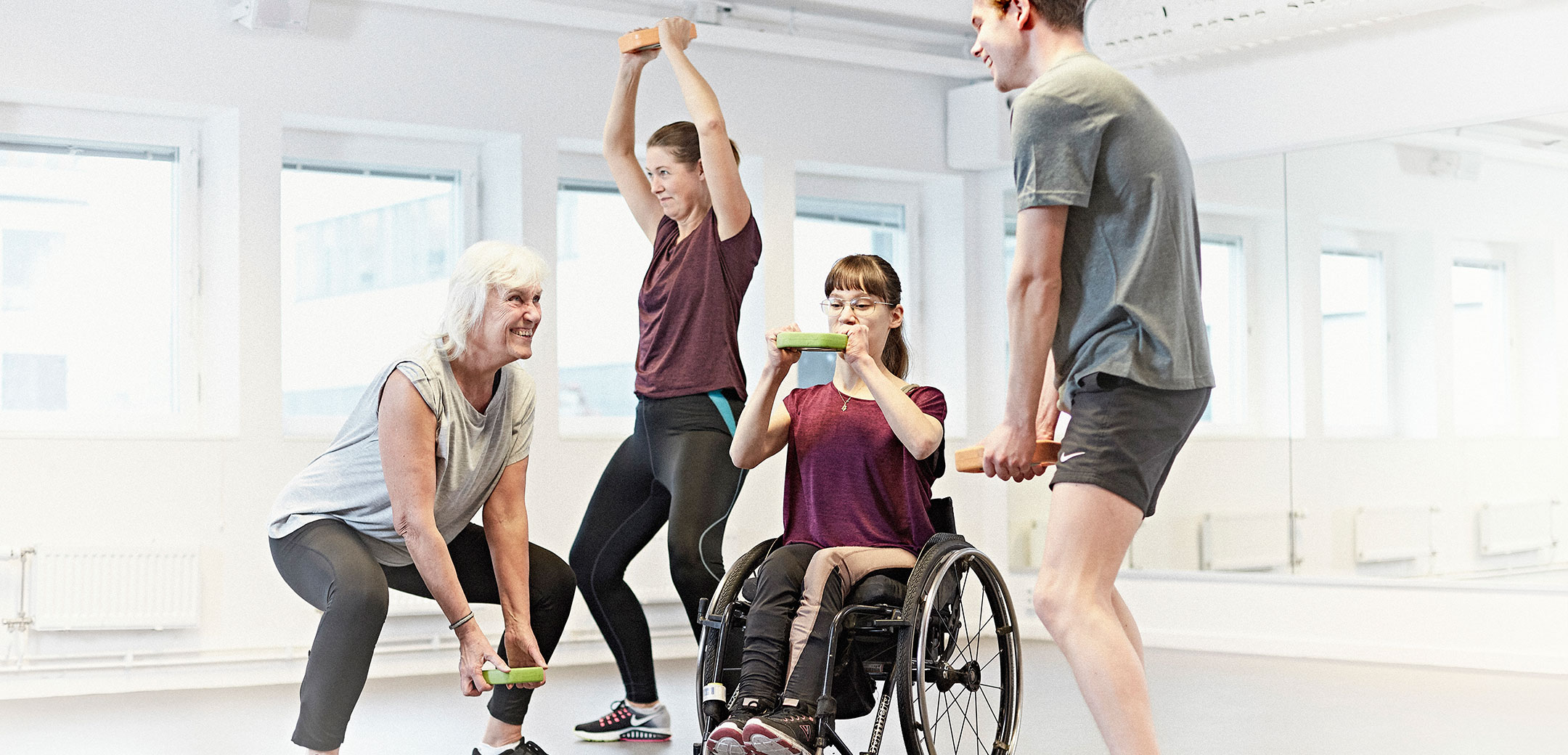
These are the training trends that keep up
- The extremes grow, we train more high-intensity and more calmly, while the high-intensity becomes harder and the calm becomes even calmer. At Friskis we see that many want to go on our HIT and Yoga classes.
- We want to be in the gym, training in gym increases and we are constantly looking for new lessons and inspiration to get on with our training. The motto that governs is "When I want, in my way, with exercises that I need"
- Sporty exercise increases, high tempo and distinct physical exercises continue to attract. We want to swim, cycle and run. At Friskis we see that strength-based and sporty classes such as barbell, Circle gym, Circle bike and Power hour attract more and more members
- Training in groups turns up, following upon a time with a total focus on the individual training, we now want to sweat together with others again: in the group training hall, in the gym and in the spinning hall. Among Friski's group training Jympa and Spin are still giants.
- Seniors a significant group, older people who exercise is an increasing group looking for qualitative training and cozy meetings. Preferably every day. At Friskis we see that many want to attend our soft-classes and that the elderly want coaches who help with the gym training.
- More than training, to sweat is in our name but we want more. A feeling, a story, an experience. Combining training and experiences is growing. At Friskis we see that dance passes attracts.
Future training
If we look past 2018 and maybe even through 2019, Tina and Magnus see a few trends that will significantly affect the world of training.
- In the near future, we can perceive somewhat more concrete trends. In the long term, the surveys become a little more visionary. Based on our external monitoring, we have compiled four visions for future training, says Tina.
Four visions of future training
- Training is complemented by active recovery, that is, recovery in a conscious manner. This can happen at the training premises with a class of active recovery. It can also be done in a completely different place to make a break in everyday life. Completely new forms of active recovery will emerge.
- Movement becomes a part of everyday life and everyday life is more and more about movement. The boundaries between training and not training become blurred. Changing to training clothes and going to the gym is not as important. Instead, it is important to include movement in what you have chosen to do in your life.
- Experience-based training takes of and starts from the experience itself. All together, the whole becomes larger than the parts together. Here we will see that culture and other experiences take in training to create an effect. For example, a string concert that adds yoga movements.
- Training as a lifestyle increases and widens. The places for training increase and the digitization makes a foot print on how we train. Our digital aids are so simple that each and every one takes along the training everywhere, while it is becoming increasingly important to show that exercise is part of one's life. Overall, more peope are in motion.
Tina and Magnus thus conclude with a bright future picture of training and lifestyle.
- Today, the training gap is wide, there are many who are far from movement and physical activity in their lives. But we think it will turn around, we believe that more people will find the joyful movement and fit it into their life puzzle. Simply more amazing movement to more people, , says Tina.

